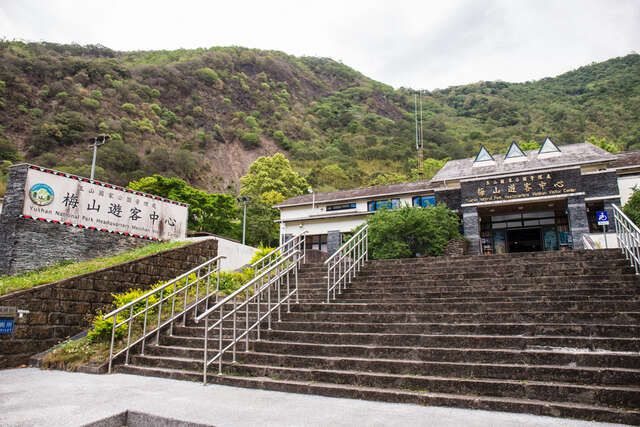Cui Ping Li Xu Cuo Introduction
The Xucuo, located within the alley of Cuiping Road, is the ancestral home of the late general director of the Dasha Community Agricultural Association, Xu Bianxing. It was built around the 43rd year of the Meiji era (1910) and features a three-bay, two-story brick building with a dragon-shaped roof. The second-floor balcony has green glazed bottle-shaped railings, and both the first and second floors are decorated with many colorful tiles of different patterns on the walls and railings. The building showcases traditional decorative elements commonly found in architecture, such as sculptures of the Eight Immortals and the Twenty-Four Filial Exemplars in Cochin ceramics, as well as painted scroll brackets. Notably, the building features rare brick carvings depicting figures and auspicious patterns. These brick carvings, as well as the Cochin ceramics and painted scroll brackets, were created by the national treasure-level shadow play folk artist Zhang Jiao's father, Zhang Jiao. Known as "Han Fan," Zhang Jiao was highly skilled, not only excelling in the shadow play industry but also renowned for his calligraphy, pottery, wood carving, brick carving, and Cochin ceramics. Many buildings of prominent families in the former Dasha Township (renamed Dasha Community after the merger of counties and cities) showcased Zhang Jiao's works, but unfortunately, most have been demolished and rebuilt, no longer visible today.






























